April 17, 2025 | 19:39 GMT +7
April 17, 2025 | 19:39 GMT +7
Hotline: 0913.378.918
April 17, 2025 | 19:39 GMT +7
Hotline: 0913.378.918
Located on the coast of Thinh Long (Hai Hau, Nam Dinh), there is a remaining village with dilapidated houses, peeling and leaking brick walls... Few people know that this was once home to more than 100 households. before the Typhoon Damrey in 2005 made landfall.
Currently, the village is almost abandoned and uninhabited. However, this place is still a fertile land where people can cultivate crops such as peanuts, sesame, melons, vegetables... Indeed, after the storm, the people in area 23- old Thinh Long town have quickly take advantage of what's left after the storm hits to restore the economy and quickly stabilize their life.
Many "lucky" houses that are still intact are used by people to make areas for raising livestock such as pigs and chickens... Smaller houses such as toilets and bathrooms are used by people as pumping stations for agricultural irrigation.
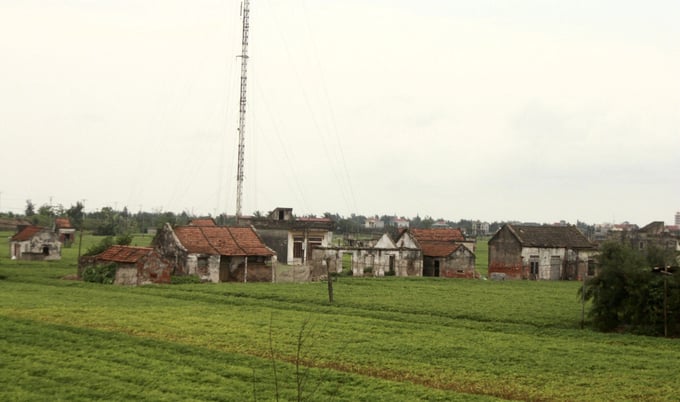
The village was almost "erased" after the dyke broke during storm Damrey in 2005. Photo: Minh Toan.
Former garden plots were turned into agricultural land by people, and were used to grow crops. Mr. Vu Duy Hien (68 years old, former head of residential area 23- old Thinh Long town) said: "Each season is suitable for only some unique species. Currently people mainly grow peanuts, then melons, then sesame, and in winter they grow kohlrabi, cabbage...".
Mr. Hien said that in the beginning, when the storm first passed, the soil was salty, making it difficult to grow crops and raise livestock. But the people in this village do not know how to clean salt water for farming. They can only wait for the "heaven-sent" rains to wash away the salt. Initially, farming efficiency was not high due to salinity of the soil, but then the soil gradually became less saline, and farming activities gradually reached high productivity in the following years.
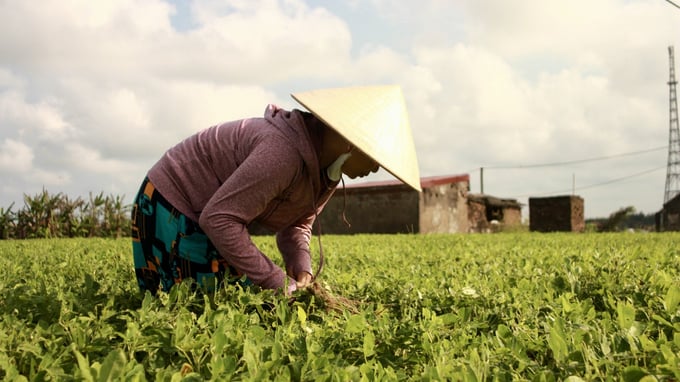
People cultivate on the same gardens as before. Photo: Minh Toan.
Every inch of land is utilized by the people, "greened" with seasonal crops. Peanut and melon fields brought vitality to the village after the storm, turning dead land into profitable fields for local people.
On average, each household here owns 3-5 acres of rice fields. Mr. Hien confided: "The crops here all year round are worth as much as a ton of rice. If being cared for well, a crop of one acre can earn VND 10-15 million, and there are usually three crops a year...".
Even though life has returned to "normal", the memories of Typhoon Damrey in 2005 are still a sad note for the people of area 23- old Thinh Long town. Nearly 20 years after that "storm of the century", the sadness seems to have not gone away for the people of this fishing village.
Damrey was one of the strongest storms that hit Vietnam that year and the beach village of Thinh Long was one of the places hardest hit by the storm.
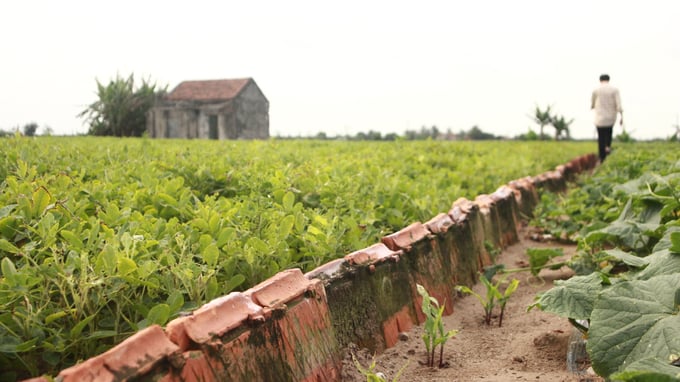
People make use of old tiles to make beds and separate fields. Photo: Minh Toan.
This village was almost "erased" after the storm that year. The dike broke and water flooded into the village. Only more than 30 houses out of a total of 100 roofs were still standing after the storm. Houses may still be there, people may not be damaged, but crops and property of people at that time were all swept away.
Ms. Tran Thi Hien (42 years old) said: “Just 14 days after giving birth to my daughter, the storm came. My house is gone, nothing remains. Standing on the dike, I saw the water washing away my house but didn't know what to do. After the storm, it was filled with sand, now I don't even know exactly where the house is...".
Almost no houses remained intact after the storm. That's why people were relocated to a resettlement area about 5-6km from the place where houses were "erased". However, it is difficult for people's lives to stabilize immediately after that.
After the storm, many families had to stay with relatives. Those who do not have relatives nearby have to stay here. The fastest person takes up to 6 months to "settle down". It even took Mr. Hien 7 years to rebuild his house.
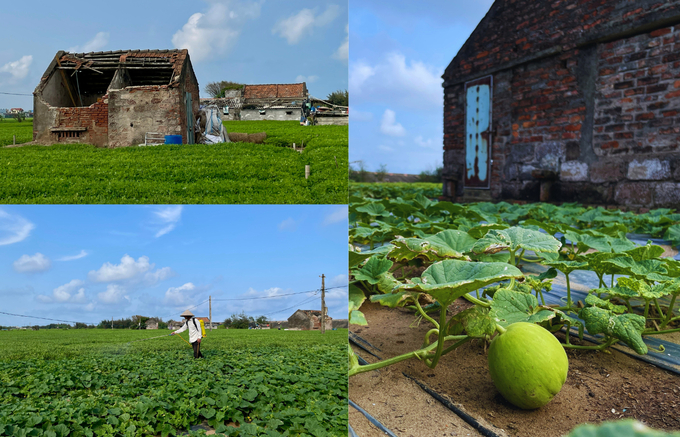
After nearly 20 years, the devastated lands are now covered with green crops from the people who were directly affected by the storm. Photo: Minh Toan.
However, there was one house still standing after that terrible storm. That is the house of Mrs. Nguyen Thi Dinh (85 years old). At the time the dike broke, Ms. Dinh's house was not directly facing the stream and had just been repaired so it did not collapse. However, all wealth and crops were also swept away by the flood.
Returning home after the storm, Mrs. Dinh could not help but be shocked. However, she still feels lucky because she "still has a home". What Mrs. Dinh needs to do is just repair the interior of the house so she can continue to live.
Nearly 20 years after the storm, people's lives are gradually stabilizing. The dike that was previously washed away by waves has also been rebuilt firmly and safely. The ruined gardens have been covered with green flowers. The village became a "museum of evidence" of the devastation caused by the natural disaster.
Translated by Bao Ngoc
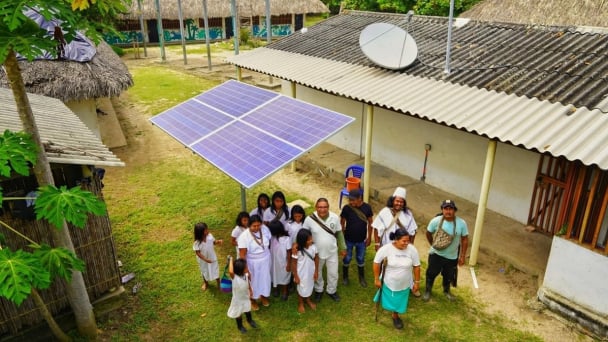
(VAN) On April 16, during the opening ceremony of the P4G Summit, P4G Chief Executive Robyn McGuckin announced that P4G will provide climate finance of 4,7 million USD to 17 innovative startups.
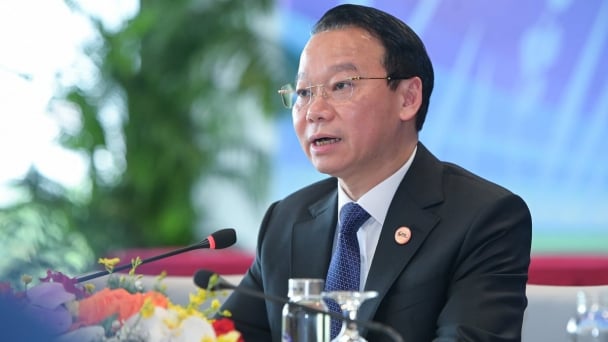
(VAN) Concluding the ministerial discussion session at the P4G Summit, Minister Do Duc Duy affirmed that transforming the food system is no longer a story of individual countries.
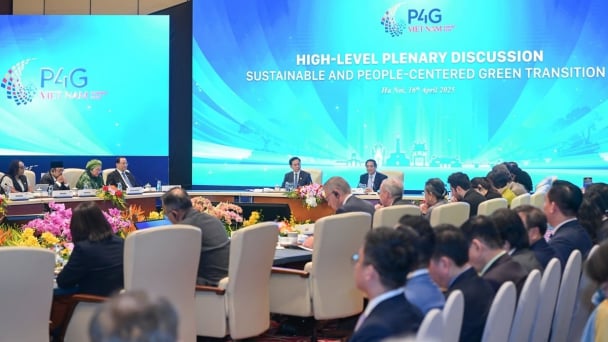
(VAN) On April 16, Prime Minister Pham Minh Chinh chaired the High-level Plenary Discussion themed 'Sustainable and people-centered green transition’ at the P4G Summit.
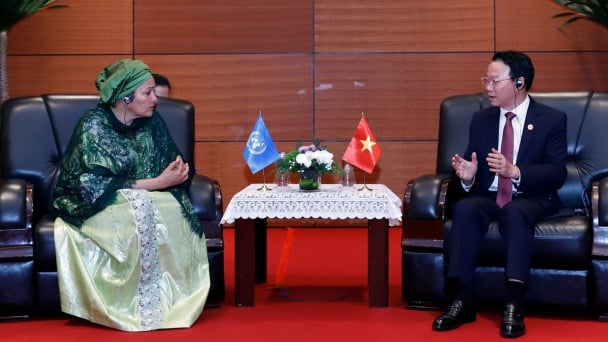
(VAN) The UN Deputy Secretary-General recognized Vietnam as a pioneer in reducing greenhouse gas emissions and achieving a just energy transition.
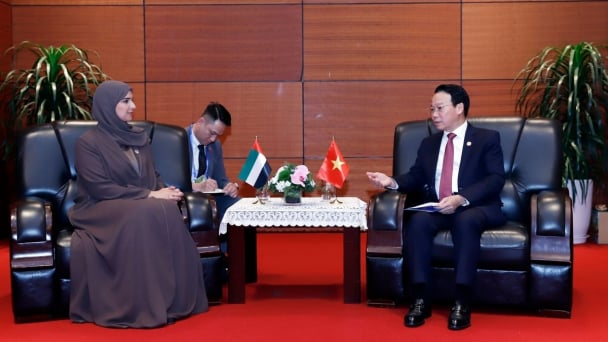
(VAN) Vietnam and the UAE are shifting from traditional economic ties to a strategic partnership focused on green transformation and food security.
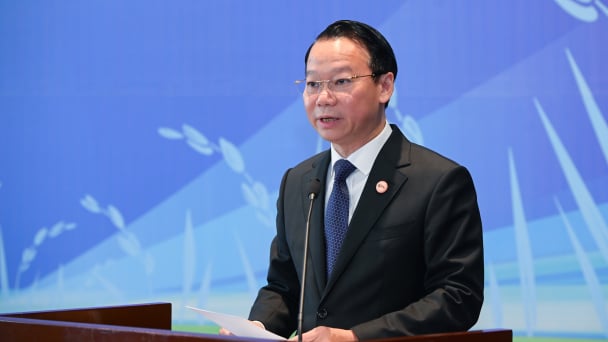
(VAN) At P4G Summit, Minister Do Duc Duy calls for partners to 'sow the seeds of technology' and cultivate cooperation to bear fruit for a green future.
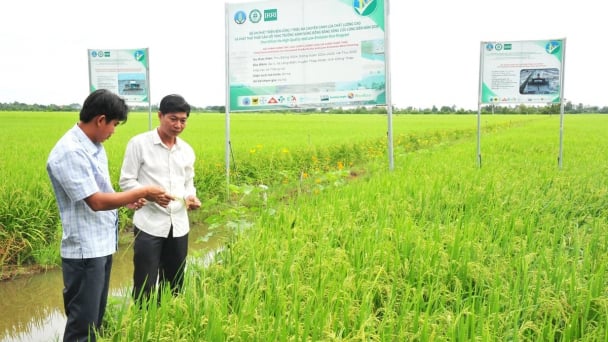
(VAN) Vietnam is choosing a strategic path, pursuing rapid yet sustainable development, fostering innovation while remaining in harmony with nature, and integrating globally while preserving its cultural identity.